SDS QD Type Bushings
SDS QD Type Bushings
Bushing is a mechanical component that is essential in many different fields. In addition to being very practical, it helps reduce noise, vibration, and wear and provides anti-corrosion properties. These properties aid mechanical equipment in various ways, including making it easier to maintain and reducing its overall structure. The functionality of an enclosure depends on its purpose and environme
SDS QD Type Bushings
Bushing is a mechanical component that is essential in many different fields. In addition to being very practical, it helps reduce noise, vibration, and wear and provides anti-corrosion properties. These properties aid mechanical equipment in various ways, including making it easier to maintain and reducing its overall structure. The functionality of an enclosure depends on its purpose and environment.
The role of the bushing
Electrical bushings are an essential part of much electrical equipment. These devices carry high voltage currents while providing an insulating barrier between live conductors and metallic bodies at ground potential. Most electrical bushings are of the bulk type, consisting of a central conductive rod made of copper or aluminum and an insulator, such as composite resin silicone rubber, surrounding it. However, some types are specially made to protect against electrical failure and withstand cable loads and the thermal expansion they are subjected to.
Other applications for bushings include suspension joints and steering linkages. These components reduce the amount of road noise and vibration that drivers experience while driving. Bushings often degrade due to constant movement and exposure to heat, oil, salt, and other contaminants. Damaged bushings not only affect the performance of the steering system but can also cause noise and vibrations that annoy the driver. Therefore, they must be replaced as soon as possible.
Dimensions of SDS QD Type Bushings
- Bushing Type: SDS
- Bore Size: 1-1/16″、1-3/8″、1-9/16″、11/16″、30mm、40mm、42mm、 45mm、50mm、9/16″、
- Dimension (A): 0.500″
- Dimension (B): 2.187″
- Dimension (D): 3.188″
- Dimension (E): 0.875″
- Dimension (F): 0.750″
- Dimension (G): 0.125″
- Dimension (L): 1.375″
- Bolt Circle: 2.688″
- Set Screw Size: 1/4 – 20
- Wrench Torque: 108 LBS
- Weight: 1.00 LBS
Dismounting
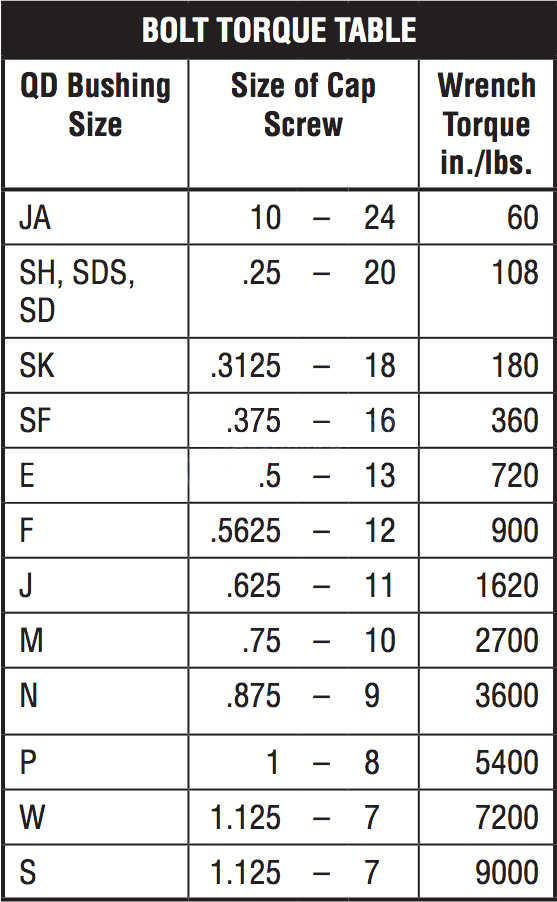
Standard Mounting
1. Make sure the cone on the bushing and the inside of the driven product is clean and free of oil or anti-seize lubricant.
2. Slide QD bushing on a shaft, flange end first, then assemble key.
3. Place the QD bushing on the shaft. Use only a standard Allen key to tighten the set screw on the key (hand-tight). Don’t push too hard.
4. Slide the large end of the sprocket or other part taper hole into place over the cone, aligning the drilled bolt holes on the sprocket or other part with the taper holes in the bushing flange. Then assemble the pull-up bolt and lock washer.
5. Tighten the pull-up bolts alternately and evenly to the tightening levels shown in the torque table below. Do not use extensions on wrench handles. There should now be a gap between the face of the sprocket or other part hub and the flange of the QD bushing to ensure a good tapered grip and press fit. NOTE: This gap must not be closed.
Click and check out more products you’re looking for.
Q1. Are you a factory?
A. Yes. We are a factory with more than 30 years of manufacturing experience.
Q2. Is OEM and ODM service available?
A. Of course. We have many years of experience in OEM& ODM service.
Q3. I am buying from another supplier, but need better service. Would you match or beat the price I am paying?
A. We always feel we provide the best service and competitive prices. We would be happy to personalize a competitive quote for you; email us.

Packing Shipping Delivery
  |
 |
|
 |
 |
|
How to choose power transmissions parts and industrial products which meet our requirement
| Chains | Sprockets | Pulleys | Timing belt Pulley | V-belt Pulley |
| Sheaves | Coupings | Bush &Hub | Gear& Rack | V-Belt |
| Locking Assembly | Pulley | Gearbox | Reducer | Shaft Collar |
| Rod End Bearing | Clevis | PTO | Chain Guide | Belt Guide |
| Rubber Buffer | Chain Tensioner | PTO Drive Shafts | Universal Joints | Roller Chains |
| Conveyor Chains | V-Belts | Worm Gearbox | Helical Gear | Worm |
| Agricultural Chain | CNC Proces Parts | Casting | Stamping | |
| Powder Metallurgy | CNC Proces Parts | Casting | Stamping |
What Products Do you sell ?
We are a group of factories, give customer one stop solution of power transmission and industrial products. We are in the position to supply wide range of products, including chains, sprockets, v-belt and v-belt pulleys, timing belt and timing belt pulleys, gears, speed reducers, motors, racks, couplings, and many other parts, like locking assembly, taper bushing, Chain guide, shaft collar, torque limiter, cam clutch, universal joint, motor base and motor slide, rod end, clevis, rubber mount, etc. We make special parts according to drawings and/or samples.
How to choose a gearbox which meets our requirement?
You can refer to our catalogue to choose the gearbox or we can help to choose when you provide
the technical information of required output torque, output speed and motor parameter etc.
What information shall we give before placing a purchase order?
a) Type of the gearbox, ratio, input and output type, input flange, mounting position, and motor informationetc.
b) Housing color.
c) Purchase quantity.
d) Other special requirements.
What industries are your gearboxes being used?
Our gearboxes are widely used in the areas of textile, food processing, beverage, chemical industry,
escalator,automatic storage equipment, metallurgy, tabacco, environmental protection, logistics and etc.
What is the producing process?
Production process including raw material cutting, machine processing, grinding, accessories cleaning, assemble, cleaning, stoving, oil coating, cover pressing, testing, package.
How to control the products quality?
Combining advanced equipment and strict management, we provide high standard and quality bearings for our customers all over the world.
What is the transportation?
-If small quantity , we Suggest to send by express, such as DHL,UPS, TNT FEDEX. If large amount, by air or sea shipping.
Can we design packaging?
-Yes. Default is regular packing, and we can make customer's own packing.
Can you provide OEM service?
-Yes, we work on OEM orders. Which means size, quantity, design, packing solution, etc will depend on your requests; and your logo will be customized on our products.
Can you give me discount on Power Transmissions Parts and Industrial parts?
-Yes, of course. Pls. send me your Email, you'll get more
Q: Are You a trading company or a manufacturer?
A: We Are the factory and have our Own trading company
Q: How Can I get an offer?
A: please send US quotation information: drawings, materials, weight, quantity and requirements, we can accept PDF, ISGS, DWG, STEP file format. If you don't have the drawings, please send us the samples, we can also quote you according to your samples.
Q: What is your minimum order size?
A: it is usually 100 pieces, but a low quantity is acceptable under some special circumstances.
Q: Do you provide samples? Is it free or extra?
A: Yes, we can provide samples free of charge, but we don't pay the freight.
Q: What is the lead time for mass production?
A: honestly, it depends on the number of orders. Normally, if you don't need the tools, deposit them after 30 days or so.
Q: What if the parts don't Work?
A: we can guarantee the quality, but if it happens, please contact us immediately, take some photos, we will check the problem and solve it as soon as possible.
Q: What are your terms of payment?
A: payment is less than US $1000,100% in advance. Payment: $1000,50% wire transfer in advance, balance before shipment,Other Terms of payment are negotiable

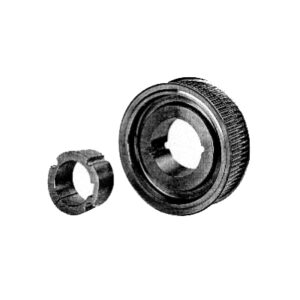

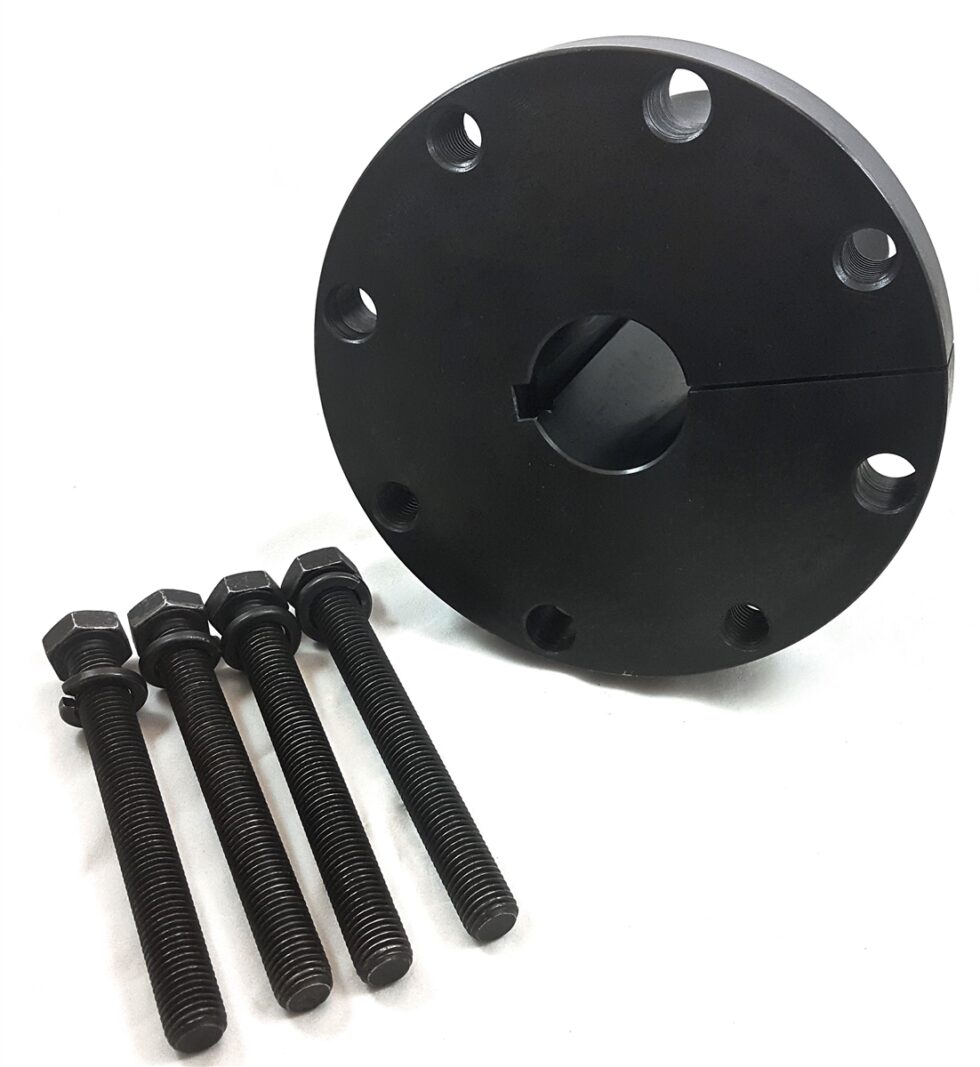
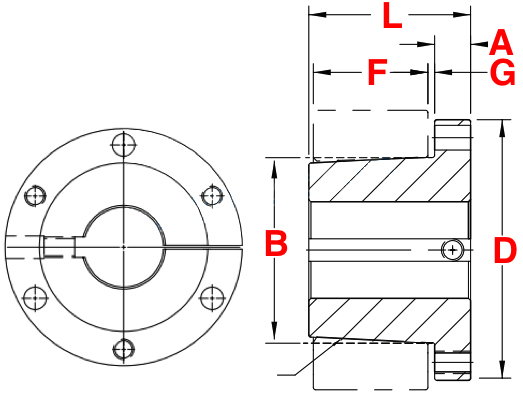
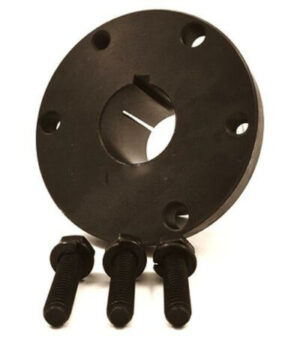

Reviews
There are no reviews yet.